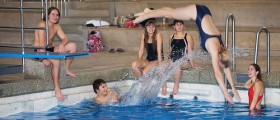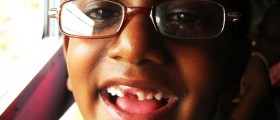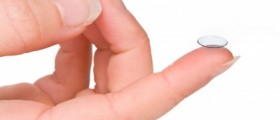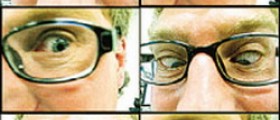
Myopia or nearsightedness is a common vision problem, affecting almost 30% of worldwide population. For these people there is a problem when they have to read something located on certain distance from them, but anything which has to be done in immediate proximity is completely fine. So, they can read or saw without any problem.
Doctors known that nearsightedness appears when the eyeball is somewhat longer than normal, from the front to the back, thus being responsible for a different place of focus in the retina. Instead focusing on the surface of the retina, light rays focus in front of the retina and the person cannot see distant things.
Sometimes, myopia may occur in a form of a serious medical problem, such as rare but severe pathologic nearsightedness.
Children diagnosed with this problem may have close relative suffering from myopia as well, since this is an eye condition frequently seen among members of the same family. After some time, these kids may notice that their vision has improved, but the thing is – it can also get worse as they grow older. Doctors even have specific name for this unusual improvement and worsening of the vision - myopic creep.
Nearsightedness Symptoms
Myopia occurs in individuals in whom the eyes are longer than in healthy people. Because of that, every time light rays enter the eye, they focus in front of the retina and never exactly on this part of the eye.
This problem is, therefore, known to lead to eye strain and even squinting in certain occasions. Driving or playing some sports can be very hard for people suffering from nearsightedness and beside tired eyes they may experience some headaches as well. Some of these patients may already have contact lenses or prescription glasses. However, if their eyes get tired or they frequently have headaches, it may be time for them to have their eyes checked thoroughly and also get new glasses.
What Treatment is Available?
Contact lenses, glasses and eye surgery are commonly recommended treatments for anyone suffering from nearsightedness. Some patients may need to wear glasses or contact lenses only when driving or watching movies, while others may need to wear glasses all day long.
Excimer laser is able to decrease or completely eliminate the need for glasses or contacts. There are several types of laser surgeries for nearsightedness, including PRK, LASIK and orthokeratology. There is also a new addition to these surgeries – phakic IOLs, where patients need to wear implantable lenses. This procedure is suitable for patients who cannot have LASIK or other vision correction surgery for some reason.

















Your thoughts on this
Loading...